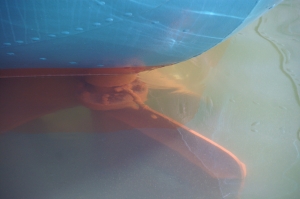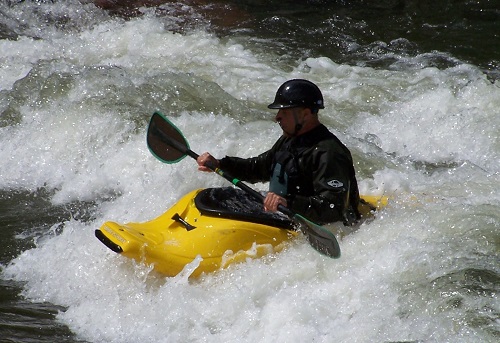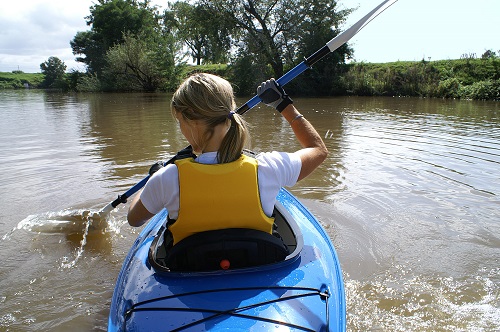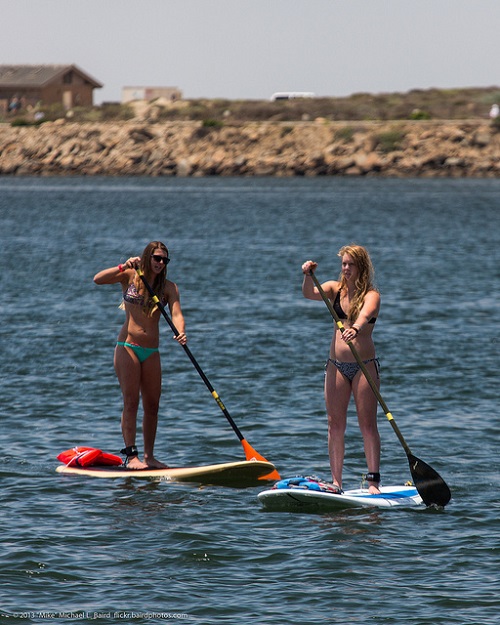When shopping for a touring or sea kayak, you will inevitably be faced with a hard decision: rudder or skeg? Today, just about every sea kayak on the market will come with one or the other. Why do some come with skegs while others come with rudders? What’s the difference between a rudder and a skeg? What is the purpose of them and what are the advantages and disadvantages of each? In this article, you will learn how to use both a rudder and a skeg but first, you must understand the differences between the two.
Rudder vs Skeg
A rudder is a smaller rubber blade that is lowered or raised into the water using a rudder line. The line is attached to a cleat that is mounted right behind the paddler. The paddler can control the rudder line with their hand. Rudder cables are also attached to the rudder and allows the paddler to move the rudder left or right, effectively turning the boat to the right or left. The rudder cables are attached to footbraces so the kayak can be steered using your feet.
A skeg is a blade located underneath the kayak inside a recessed area. It is connected to a metal cable that is attached to a lever located next to the paddler. The skeg can be controlled by moving the lever. The skeg can be lowered into the water or retracted up into the boat. A skeg cannot be turned left or right and is basically used to keep the kayak traveling straight ahead.
How to Use a Rudder
Deploying the Rudder
Rudders usually lie on top of the stern of the kayak and can be lowered when needed. They are often secured on top of the kayak when the kayak is being transported. Make sure you unsecure the rudder before putting your kayak in the water. Most kayaks have a cord that spans from the rudder to the cockpit. This cord will often have a knot or small metal bar hanging from it. Grab the knot or ball and pull to release the rudder into the water. Pull the cord the other way to retract the rudder out of the water.
Steering with the Rudder
Kayak rudders are used to keep the yak moving straight but can also be used to steer the kayak. They are usually attached to the foot braces using cables or ropes. The rudder can be moved back and forth using foot pegs. Push on one of the foot pegs to move the rudder to that side of the kayak. Push the other foot peg to move the rudder the other direction.
How to Use a Skeg
Balancing the Skeg
Before using a skeg, the sea kayak should be balanced between the bow and stern, known as trim. A balanced trim would mean that the weight along the length of the kayak was equally weighted. You can increase the effectiveness of the skeg by making it heavier towards the stern of the kayak which prevents the front of the kayak being blown around in the wind.
Raising the Skeg
If you want to turn the kayak left or right, the skeg must come out of the water. The skeg can be raised or lowered using the lever located near the cockpit. The skeg can be lowered into the water when turning into the wind to help with the turn.





